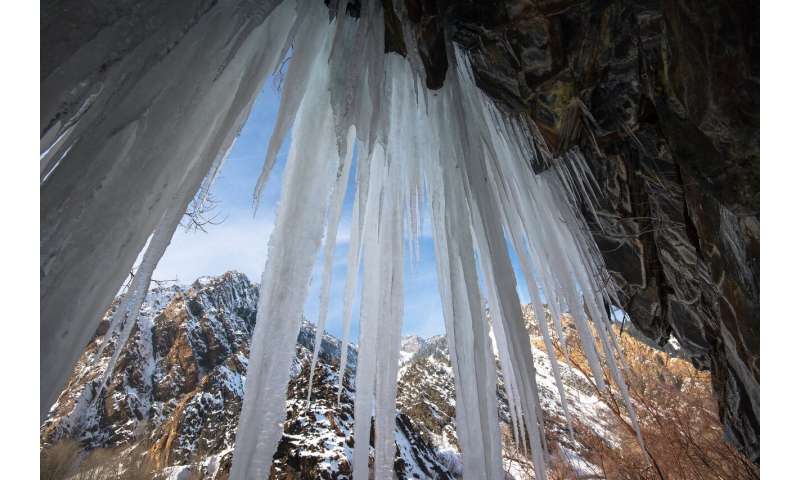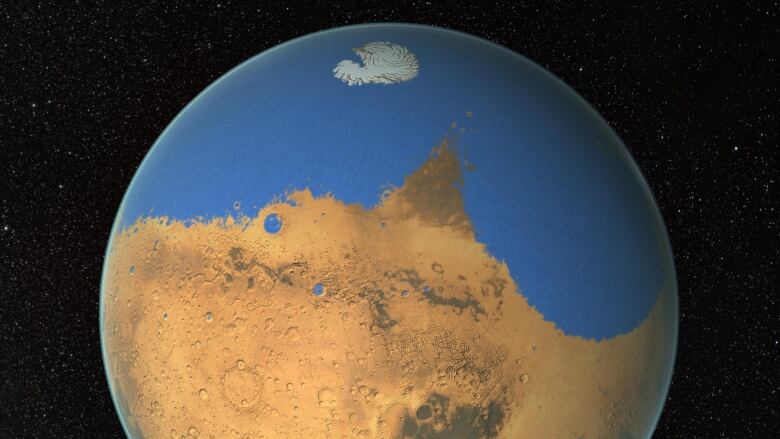Animated Baby Cthulhu is Monstrously Adorable
Writer H.P. Lovecraft created a whole cadre of ancient “Elder Gods” in his stories. But nearly a century later, it is his creation Cthulhu who looms largest in pop culture. But that’s what happens when you create an enormous being with an octopus-like head, with a tentacle face, scary claws, and long narrow bat-wings sprouting out of its back. He’ll stand out in a crowd.
But like most scary creatures in pop culture, it’s inevitable someone on the internet will eventually give us the cute version. Artist and animator Fernando Alves has made a series of videos which showcase a wee baby Cthulhu, doing all the adorable things babies do. You know, like turning pitch black and flying around the bathroom. And occasionally eating a small kitten.
While a commenter on his YouTube video was dismayed at the fate of the kitty, Alves suggested the little furball could still be alive. “I heard sometimes they spit out their prey… I didn’t see him spitting the cat… I hope so..”
In response to another comment, Alves joked, “Baby Cthulhu eats any living thing small enough to swallow whole, so I give him chicklets, but he loves to hunt insects, rats, pigeons… and some cats and dogs went missing in my neighborhood, and I pretend I don’t know anything… fortunately, human children are too big for him..”
Although Cthulu is his cutest creation, Alves also has a few videos of an equally adorable baby Baphomet. For those of you out there that aren’t Dungeons & Dragons adjacent, Baphomet is the Medieval deity that later got conflated with Satan. The Baphomet imagery is where most modern folks derive their conceptions of the Devil. But Alves’ little Baby Baphomet only look devilishly adorable.
For more of Fernando Alves videos and art, be sure to head on over to his Instagram and YouTube channels.
Featured Image: Fernando Alves









